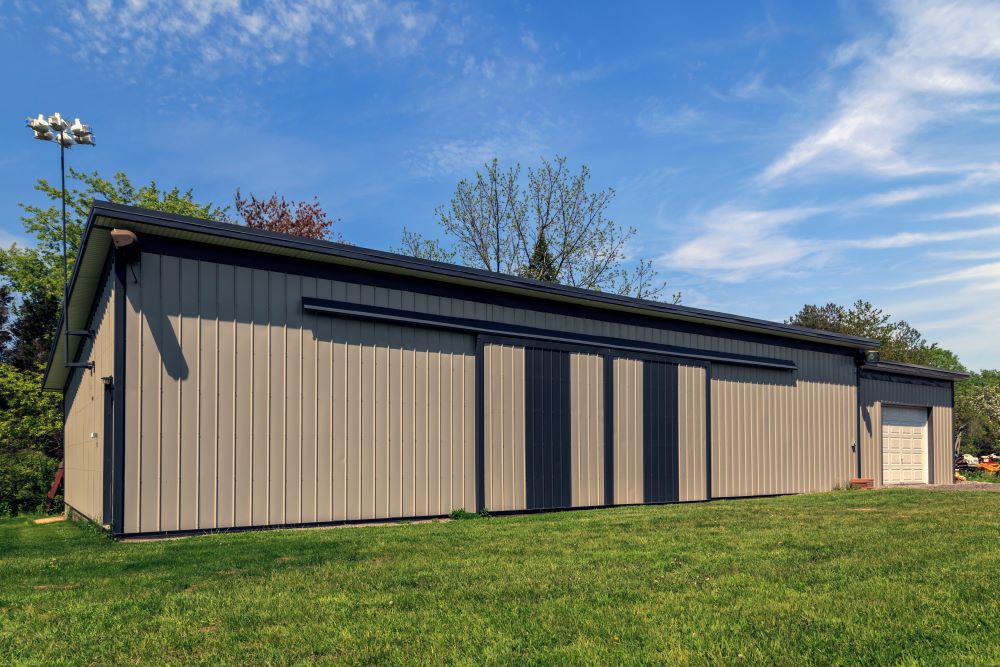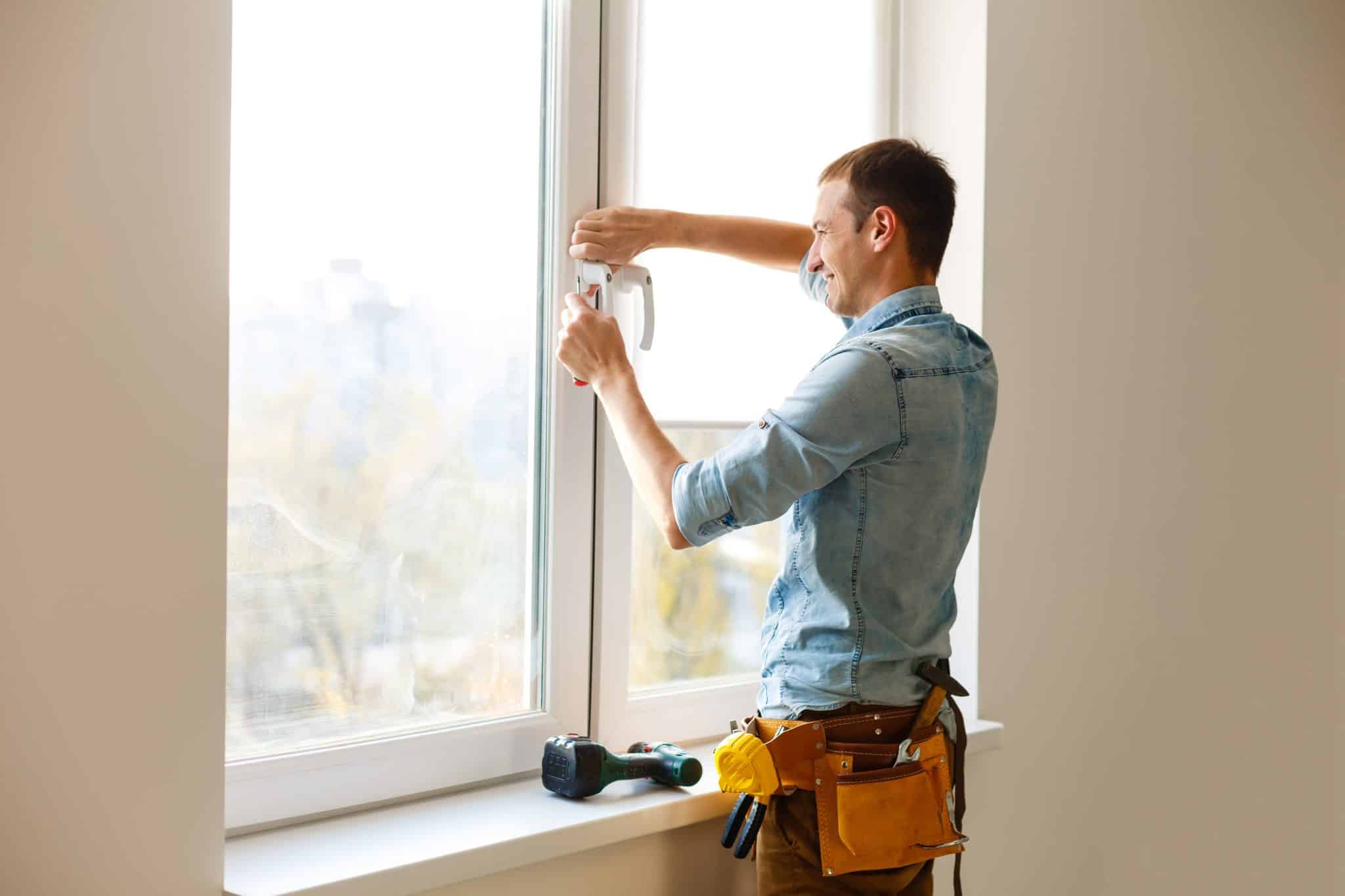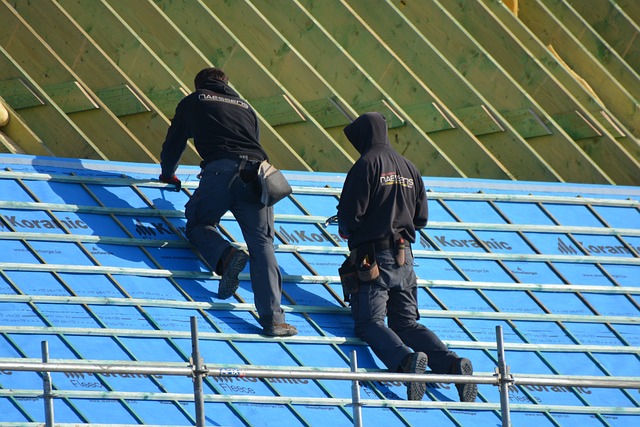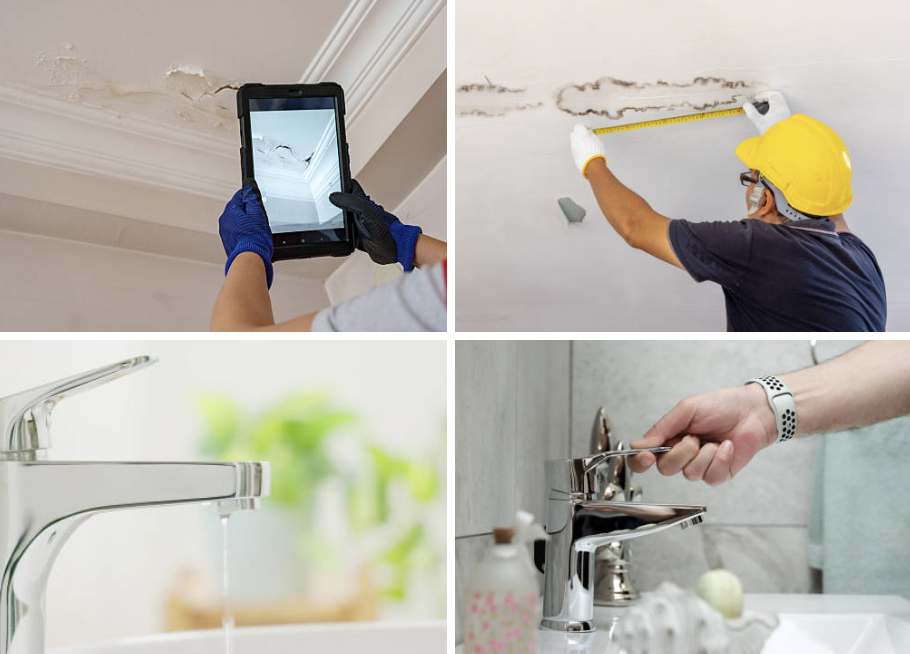4 Home Improvement Trends You Don’t Want To Miss
Home improvement is a popular topic. There’s something deeply satisfying about the process of taking something broken or in need of a tune-up and turning it into something more.
Just consider all the HGTV shows and hosts! This interest isn’t just about aesthetics, though. It’s often about adapting to changing needs and lifestyles.
Whether it’s preparing for a new work-from-home lifestyle, improving energy efficiency, or simply finding comfort in updated living spaces, homeowners frequently seek ways to make their homes more functional and comfortable.
To that end, here are four of the top home improvement trends you won’t want to miss out on as you prepare for 2025.
1. Embrace Energy Efficiency
As sustainability becomes a priority for many homeowners, energy efficiency is also commonly top of mind. One major trend that’s reshaping the way people think about heating and cooling is the use of heat pumps. Though the technology isn’t anything considerably new, its iterative design over the decades has made heat pumps highly efficient at displacing cool or hot air based on the season.
The biggest inhibitor for most people will tend to be the upfront cost investment for heat pump systems. However, after purchase, heat pumps have become a cost-effective way to provide year-round comfort with a lower environmental footprint.
These systems work by transferring heat rather than generating it, which makes them significantly more energy-efficient than traditional HVAC systems. They can cool your home in summer and heat it in winter, offering both functionality and cost savings.
What makes it a trend? More and more households in the U.S. are looking for ways to maximize energy efficiency while being eco-friendly. In that pursuit, people tend to weigh the benefits of long-term energy-efficient solutions that are less harmful to the environment around them. Heat pumps are an option that satisfies both goals.
2. Integrate Smart Home Technology
By now, you might think smart home technology is less of a trend since it’s something that’s long been accessible. However, only 45% of homes in the U.S. have a smart home device. As AI continues to enhance the capabilities of virtual assistants, those who have held out due to concerns about functionality or user experience are more likely to adopt smart home technology.
These systems become more intuitive and reliable. Plus, introducing smart devices into your home can heighten elements of security, optimize energy consumption, and give you data to help you understand more about your home dwellers’ habits and living preferences.
For example, adding a smart thermostat can help reduce energy consumption by learning your schedule and adjusting the temperature automatically, saving money on utility bills while keeping your home comfortable.
Video doorbells like the Ring or Google Nest Doorbell enhance home security by allowing you to monitor your front door remotely, giving you peace of mind whether you’re home or away.
More people are beginning to realize how affordable and accessible certain types of smart home technology is. These smart home devices can also transform your living space, providing control that fits your lifestyle.
3. Design Biophilic Details
Biophilic design is all about bringing elements of nature indoors, and it’s quickly becoming one of the most sought-after trends in interior design. While many households will feature potted plants for decorations, biophilic design takes this a step further. This approach to interior design focuses on creating a harmonious connection between the indoors and the natural world.
This can be achieved through large windows that maximize natural light, water features that create a calming atmosphere, and the use of organic materials like stone, wood, and bamboo throughout the home.
It involves veering away from man-made materials, like acrylic carpets or other plastics. It could mean having dedicated cubbies, shelves, and window sills designed to slot plant life in a homogenous way to fit a room’s layout.
Some homes are even incorporating living walls or vertical gardens, which bring an entire wall to life with lush greenery. These details improve air quality and reduce stress while making your space feel more refreshing and serene.
This trend is growing in popularity as people recognize the wellness benefits associated with nature-inspired spaces. Research shows that biophilic design can boost mood, productivity, and even creativity.
4. Open Shelving in Kitchens
Focusing on the kitchen, it’s becoming more commonplace to see people whip off the doors of their cabinets in favor of a more open storage solution. This accomplishes a couple of things.
First, open shelving can make kitchens feel larger and more spacious, especially if the shelving is open-face on all sides. This design choice allows for increased visibility and accessibility, creating an airy atmosphere that invites natural light to flow throughout the space.
It also lets homeowners showcase their stylish dishware, decorative items, or even a curated selection of cookbooks that align with the overall aesthetic of the kitchen.
It also forces homeowners to be more organized with their cabinets and shelf items since everything is exposed. This promotes a minimalist approach to kitchen essentials; only the most frequently used or aesthetically pleasing items are kept on display. Shelves are no longer just storage. Instead, they’re an opportunity for personal expression.
When shelves can be both practical and pleasing to the eye, it transforms the kitchen into a focal point of the home while fostering a more inviting and personalized environment.
How Will You Improve Your Home?
Improving your home starts with knowing what values you hold dearest to you. From there, you can begin to prioritize what to focus on and in what order. Will you focus on things that make day-to-day life more pleasurable?
Will you invest in energy-saving systems to aid the environment and minimize utility costs? Only you will know exactly what to concentrate on based on your goals for your home.
Just remember not to rush anything you do. Take your time researching alternative solutions for each big change. Set realistic goals for yourself each year for how many major home projects you plan on tackling.







